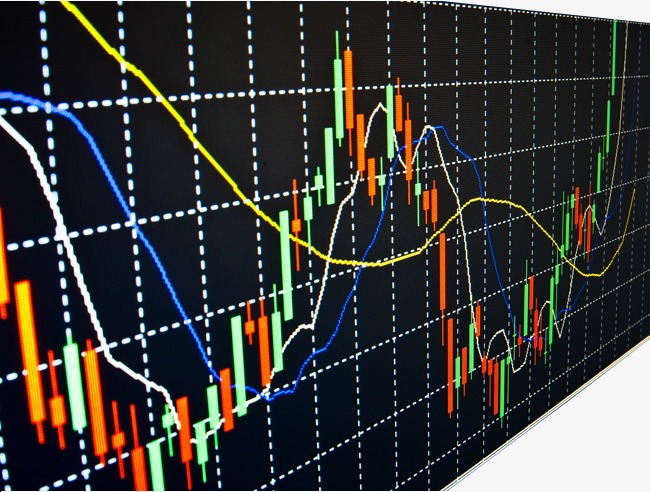
Can Stocks Be Traded When They Hit the Limit Down? What Causes Stocks to Hit the Limit Down?
Can stocks be traded when they hit the limit down?
Yes, stocks can still be traded when they hit the limit down, but execution is more difficult. Selling is harder, while buying is relatively easier because there are few buy orders but many sell orders. If investors want to trade, placing orders earlier increases the chance of execution, as stock trading follows the "price-time priority" rule.
Now that we know stocks can still be traded during a limit down, what causes stocks to hit the limit down? Generally, the main reasons include:
-
Sudden Major Negative Policy Changes
Major policy shifts inevitably impact the investment market. If national policies are unfavorable, investment prospects will suffer, leading to limit-down drops. For example, recent negative policies on tutoring companies directly caused education stocks to plummet, fundamentally altering the market logic. -
Main Players Accumulating Shares at Low Prices Amid Panic
To quickly accumulate shares, major players may aggressively push prices down, even causing consecutive limit-downs. Retail investors, unaware of the reason, panic and sell, allowing major players to buy low. -
Shakeout During an Uptrend
After a price rise, major players often conduct a shakeout to rotate investors. The method resembles limit-down selling, aiming to control shares and prepare for future gains. -
Failed Restructuring
Before a restructuring, major players usually obtain insider information and position themselves early. However, if the restructuring fails, they may rush to exit due to high time costs, leading to consecutive limit-downs.
Can stocks be traded when they hit the limit down? Absolutely! Additionally, the above explains some reasons for limit-downs—hope this helps!
















